#adromischus
Explore tagged Tumblr posts
Text

Adromischus mariania f herrei
28 notes
·
View notes
Text
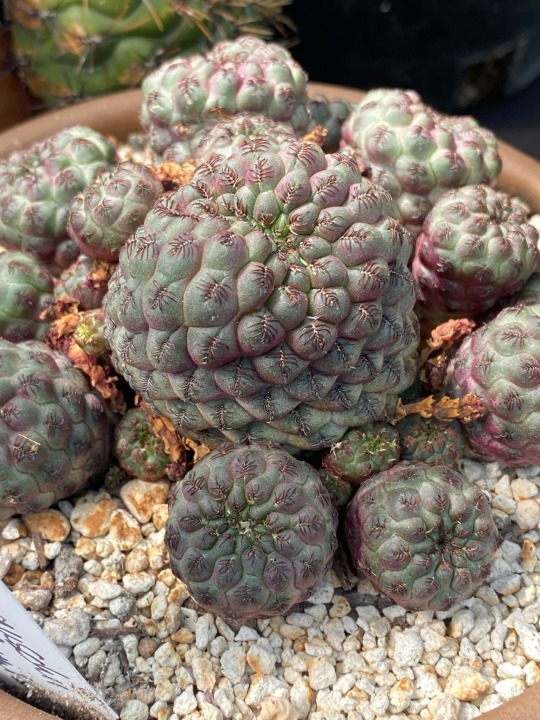
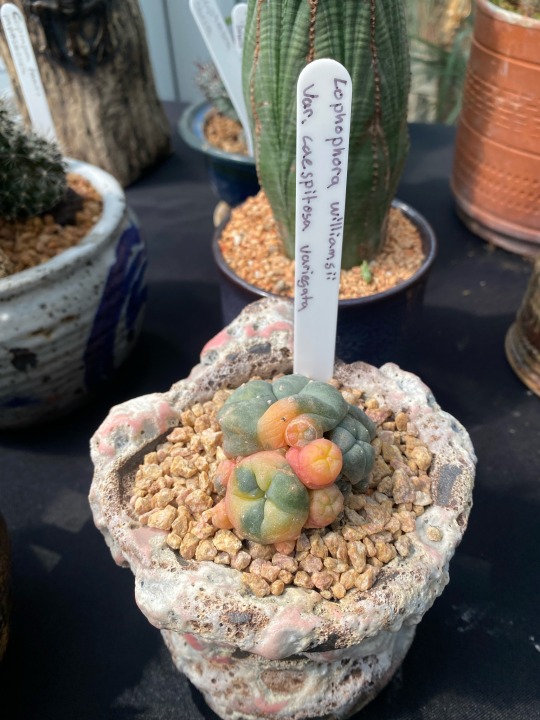


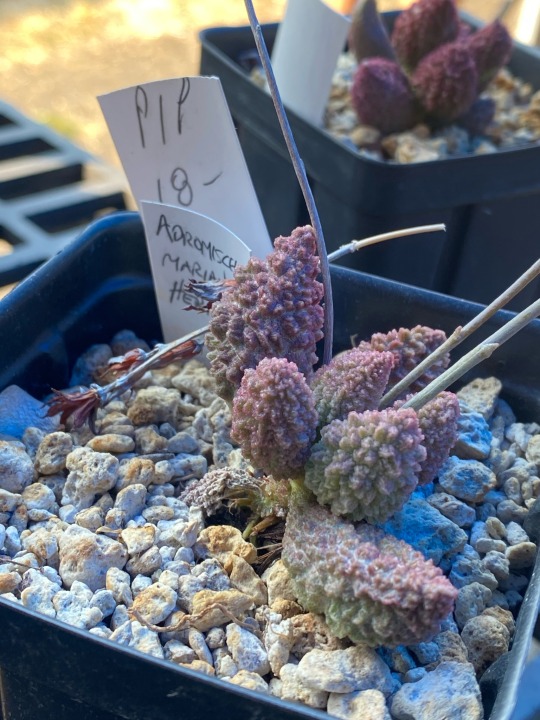
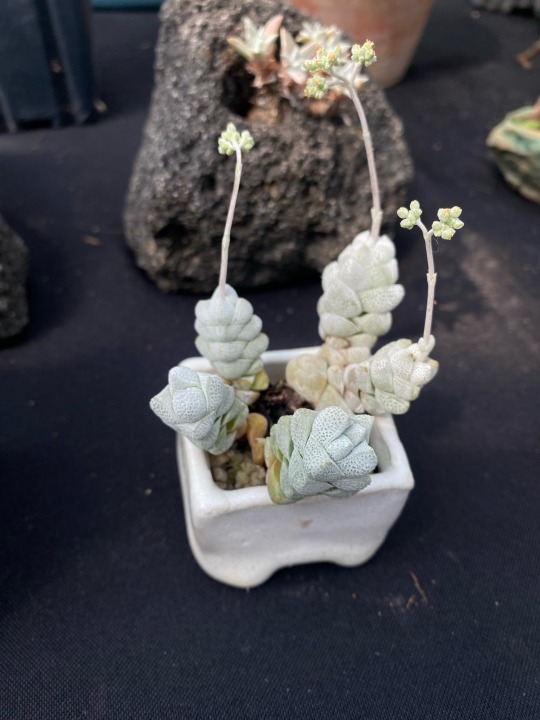
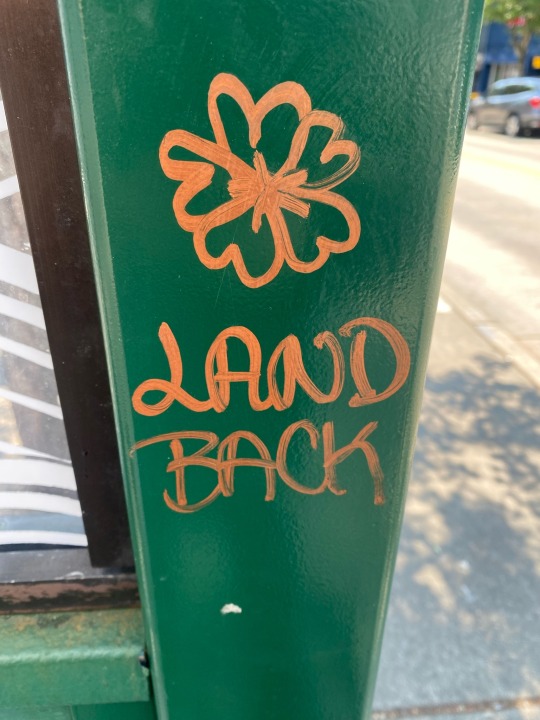
Some scenes from the plant sale, and in the area on the way to and from!
I found a possibly pregnant Euphorbia!
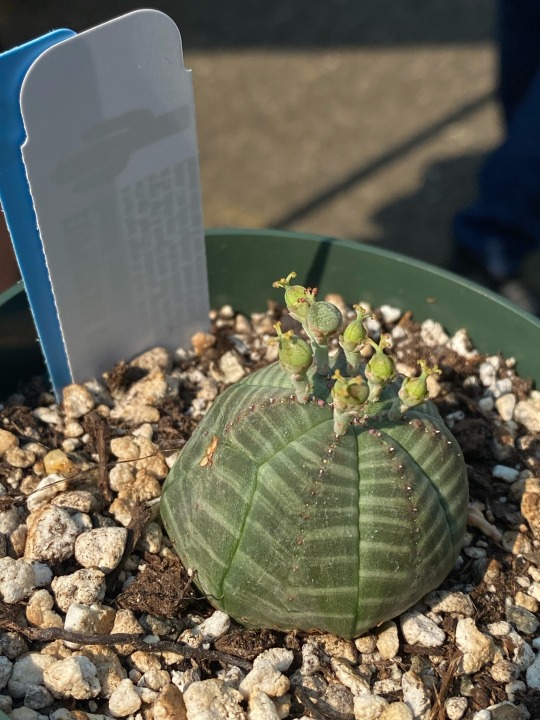
82 notes
·
View notes
Text
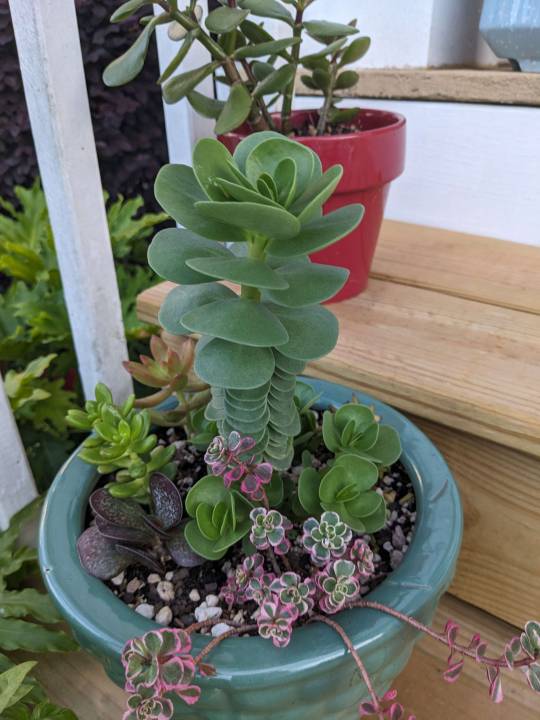
Succulent pals are loving the summer heat! Me? Not so much.
4 notes
·
View notes
Photo

2 notes
·
View notes
Text




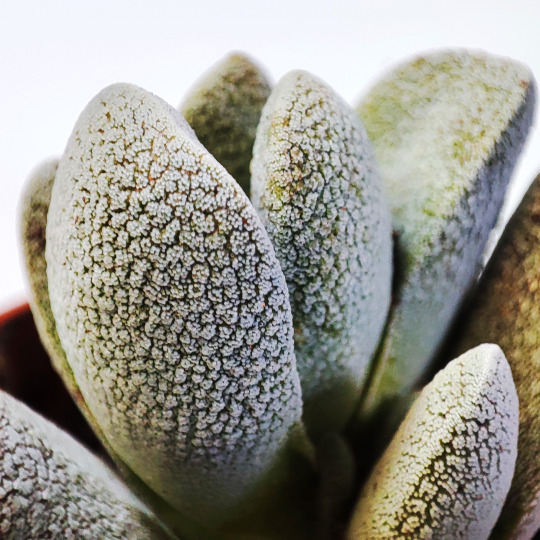
Adromischus Coral Red, Adromischus Abrigine, Adromischus Littlespheroid, Adromischus Alstonii
1 note
·
View note
Text
My frog toes died, like completely died and shriveled up, in the early summer. I put it aside and forgot to throw out the soil, didn't water it since then either.. and it just came back to life

might be bad luck to post photos of it but I did already think it was dead. I hope it survives though cause I have distinct memories of when I bought this plant so I was pretty sad when it died
15 notes
·
View notes
Text
Whatever. I bought some plants I am interested in.
2 notes
·
View notes
Text

Adromischus with their lil leggies. :3
#they are A. cooperi. my leaf prop method is to let them sit for a few days and then line the rootsy ones up on a tray filled with soil#anything that doesn't have roots by this time goes to the compost pile. no time for nonsense.#this works for echeveria + sedum + pachyphytum and hybrids of those too#leaf propping aloe and haworthia IS possible but it's sooo slow comparitively. seeds take even longer zzz
5 notes
·
View notes
Text






Key-Lime Pie Plant / Adromischus cristatus
I’ve also heard it called a crinkle leaf plant.
#plants#plant#plantblr#houseplants#potted plants#succulent#succulents#cactus#cacti#cacti and desert plants
3 notes
·
View notes
Text





Adromischus marianae f. herrei cv. coffee bean
0 notes
Text
9 rare succulents to welcome spring
Post has been published on becoration
9 rare succulents to welcome spring

Succulents are one of the easiest plants to care for and also offer such a diverse range of shapes, colors, and sizes that there is something for everyone. They are characterized by their low maintenance, as they store water in their leaves, stems, or even roots, making them resistant to even the most forgetful person.
But, in addition, there are some rare succulents that stand out for their unique beauty. How about if we talk about some of them? Pay attention because you will love them and you could have them both outside your home, on terraces, balconies, etc., and inside in areas with plenty of light and some direct sun (especially variegated ones). Shall we begin?
Haworthia cooperi var. truncata
Starting with a succulent native to South Africa and characterized by its triangular and translucent leaves. Yes, they are almost transparent. They all come together in a rosette with geometric aspects that give it a unique appearance.
It is a gem for collectors and plant lovers. Also, in spring is when it blooms, with small white flowers that perfectly complement the intense green (or different shades of green) of its leaves.
Fenestraria rhopalophylla. The Baby Toes succulents
You may not recognize it by this name, but it is sold under the nickname “baby toes”. Like the previous one, it is from South Africa and has cylindrical green leaves that grow in clusters.
In spring, if everything goes well and the plant is well cared for, you will see it produce flowers that can be white or yellow. This, combined with its green leaves, will give a very curious touch to your garden or the pot where you have it.
Conophytum calculus
This is one of the rarest succulents you will find. Mostly because what you will have is a green ball in the pot, several if you have more plants like this. It is similar to other stone plants, but in this case it has a rounded shape.
In spring, from the center of that ball, a flower will usually emerge, normally yellow, not too large but appropriate to the size of the ball. The rest of the year it will remain a chubby and curious ball, suitable for decorative use at home.
Adromischus cristatus
This succulent is characterized by having elongated, chubby leaves with wavy edges. It grows in clusters in such a way that it seems to form rosettes.
Like all the others, it blooms in spring with small flowers that can be of various colors, giving a unique touch to the plant.
Aloe polyphylla (Spiral Aloe)
If you like aloe, did you know that there are several different succulents of this kind? One of them is the spiral aloe, which, as you may have guessed, grows with its leaves spiraling around a center, creating an impressive visual effect.
In spring, it will produce clusters of bell-shaped red flowers. However, be careful because it tends to attract bees. Also, hummingbirds but these birds are not seen in Spain.
Astrophytum asterias
No, we haven’t made a mistake. We know that a cactus is not a succulent. But this one, which has a spherical shape and also lacks spines, resembles a succulent more.
In spring, this cactus will produce white or yellow flowers and will attract attention because it contrasts quite a bit with the spotted green of its shape. Additionally, there is a variegated version where the color changes radically.
Tylecodon paniculatus
Can you imagine a succulent with the shape of a tree? Well, this is one of those succulents (because there are actually more). It has a bush shape and its leaves are fleshy and gray-green.
In spring, it will produce clusters of pale pink flowers that are very attractive to butterflies and bees.
Huernia zebrina
Known for its distinctive zigzag pattern of stripes, it is one of the rare succulents you could have at home. Initially, its “leaves” are green, and beyond that zigzag pattern, they don’t seem to have anything else striking.
But when it blooms in spring, the flowers it produces are star-shaped. However, be careful because it is said to have a scent of rotting flesh, so if you don’t like that, it’s better not to buy it.
Echeveria Rainbow
Within the Echeverias, we could talk about hundreds of them, each more beautiful than the last. But we wanted to choose the Echeveria Rainbow because it is said to be one of the most beautiful in the world. It is characterized by having multicolored leaves, which is why it is called rainbow. In reality, it is the variegated form of the Echeveria Perle von Nürnberg.
In spring, it will delight your eyes even more with coral pink flowers.
As you can see, there are many rare succulents. And we have left out many more. If you have a house where you can enjoy the sun, whether in a zone, in the garden, etc., go for them. You will hardly have to take care of them and when you notice them, you will see that they are quite a spectacle. Do you recommend any that you know?
Source: MiMub in Spanish
0 notes
Text

Adromischus marianiae f. herrei
Feels ridged but not sharp.
31 notes
·
View notes
Text


#plantblr#gardeners on tumblr#plant#my plants#succulent blog#succulent#adromischus#flower stalk#flowering succulent#flowering#blooming#adromischus cristatus
83 notes
·
View notes
Photo


Adromischus marianiae forma herrei
Adromischus is a genus of small plants from southern Africa belonging to the Stonecrop Family (Crassulaceae). The most variable species is Adromischus marianiae, from the winter-rainfall area in western South Africa and the southwestern corner of neighboring Namibia. The plant pictured, Adromischus marianiae froma herrei is particularly striking for the color and texture of its leaves. These can be detached and used to grow new plants, as is true with various other members of the family. The tubular yellowish-green flowers with curled back violet tips are not especially showy, but the plant itself is a constant source of amazement.
-Brian
22 notes
·
View notes
